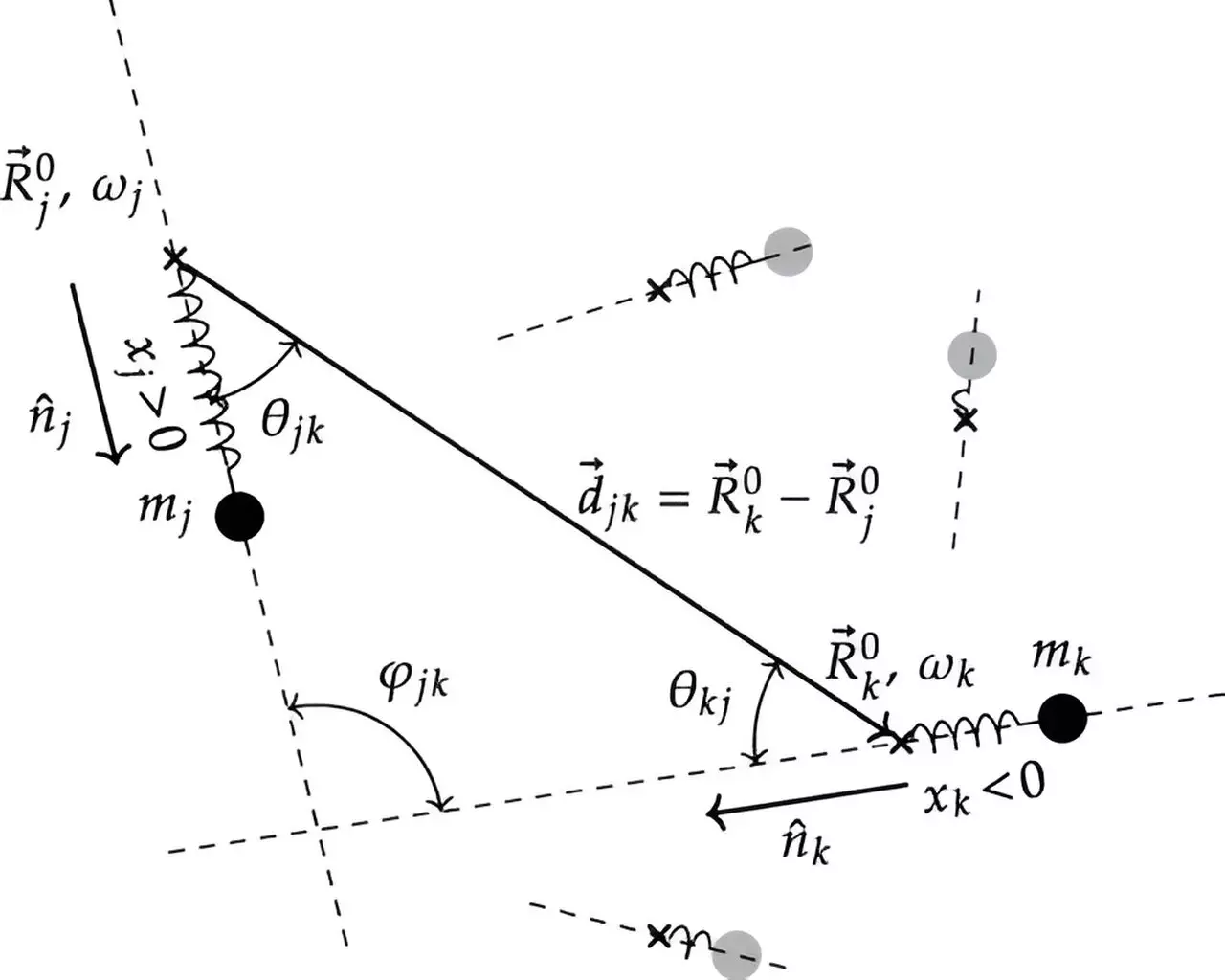Gravity is a fundamental force that influences our daily lives, yet its nature remains enigmatic. The longstanding debate revolves around whether gravity is governed by quantum mechanics or its ultimate nature is geometrical, as proposed by Einstein. Researchers have been grappling with this question for years, with limited success in merging quantum mechanics and gravitational physics.
The integration of quantum mechanics and gravitational physics poses a significant challenge in modern science. The inability to conduct experiments where both quantum and gravitational effects are relevant hinders progress in this field. The fundamental question of whether a combined theory of gravity and quantum mechanics requires a “quantization of gravity” or a “gravitization of quantum mechanics” remains unanswered.
Rethinking Experimental Approaches
In a recent study published in Physical Review X, researchers from Amsterdam and Ulm present a novel experiment to address the mysteries of gravity. Unlike previous proposals that relied on creating entanglement between massive objects, this new approach circumvents the challenge of maintaining quantum features in heavy masses. The experiment aims to reveal the quantum nature of gravity without generating entanglement, which has been a major obstacle in previous studies.
The researchers suggest using a system of massive ‘harmonic oscillators,’ such as torsion pendula, to investigate the quantumness of gravity. By analyzing the experimental requirements and establishing mathematical bounds on key signals, they aim to demonstrate that local classical gravity cannot overcome certain quantum features. While technological advancements are still necessary for the implementation of the experiment, the researchers believe that significant progress has been made towards achieving this goal.
Surprisingly, despite not physically generating entanglement in the proposed experiment, the researchers rely on the mathematical framework of entanglement theory from quantum information science. This unique approach highlights the importance of theoretical concepts in designing experimental tests for quantum gravity. The researchers believe that this innovative use of entanglement theory will pave the way for future experiments in this intriguing field.
The researchers view their recent publication as just the beginning of a new era in quantum gravity research. They hope that their innovative experiment will inspire further investigations and lead to groundbreaking discoveries in the quest to understand the quantum nature of gravity. By challenging conventional methods and thinking outside the box, they aim to accelerate the timeline for answering fundamental questions about the enigmatic force of gravity.
The journey towards unraveling the mysteries of quantum gravity is fraught with challenges and uncertainties. However, the groundbreaking work of researchers from Amsterdam and Ulm offers a glimmer of hope in overcoming these obstacles. By reimagining experimental approaches and leveraging advanced theoretical frameworks, they are pushing the boundaries of scientific exploration and paving the way for a new understanding of gravity’s quantum nature. With continued dedication and innovation, the quest for quantum gravity may soon yield remarkable insights into one of nature’s most profound mysteries.


Leave a Reply